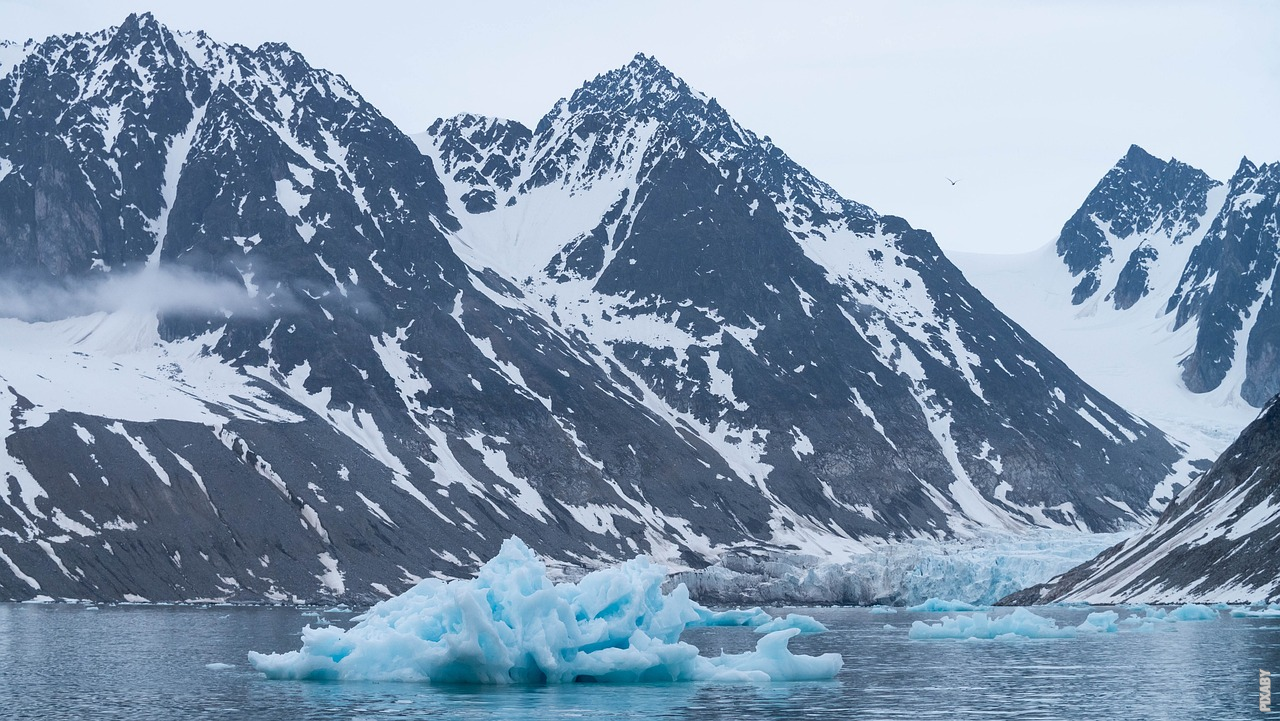The Icy Giants: A Testimony of Earth’s History
Glaciers, the majestic icy giants, have captivated our imagination for centuries. These massive bodies of ice, covering vast areas of land, possess an enigmatic allure that begs the question: why do glaciers still exist?
Nature’s Deep Freeze
Glaciers form when snow accumulates over many years, compacting under its own weight into dense ice. They are often found in high-altitude regions and polar areas, where temperatures remain consistently low. But what has allowed these icy behemoths to persist throughout time?
The Dance of Sun and Ice
One of the key factors responsible for the continued existence of glaciers is the delicate dance between the sun and the ice. Although glaciers appear unyielding, they are in a constant state of flux, continuously responding to changes in temperature.
Glaciers rely on a delicate balance of accumulation and ablation. Accumulation occurs when snowfall exceeds melting, causing the glacier to grow. Ablation, on the other hand, refers to the melting and evaporation that decreases the glacier’s size. This dance between accumulation and ablation allows glaciers to maintain their size and shape over time.
Guardians of Earth’s Climate
Glaciers play a crucial role in regulating Earth’s climate. They act as reservoirs, storing vast amounts of freshwater. As temperatures rise, glaciers melt, releasing this freshwater into rivers and oceans. This process helps to regulate the Earth’s temperature by acting as a natural cooling system.
Furthermore, the reflective nature of ice allows glaciers to bounce sunlight back into space, reducing the amount of solar energy absorbed by the planet. This helps to mitigate the effects of global warming by preventing excessive heat from reaching the Earth’s surface.
Witnesses to Change
Glaciers are not only guardians of Earth’s climate; they are also witnesses to its past. By studying the layers within glaciers, scientists can gain valuable insights into Earth’s history. The trapped air bubbles and particles in the ice serve as time capsules, preserving a record of past atmospheric conditions and even ancient life forms.
Moreover, retreating glaciers can reveal hidden landscapes and archaeological treasures that have been buried for centuries. As these icy giants shrink, they unveil a glimpse into the past, offering scientists and historians a unique opportunity to uncover forgotten secrets.
Post
Post
A Race Against Time
While glaciers have stood the test of time, they are now facing unprecedented challenges. The rapid pace of climate change, driven by human activities, has caused many glaciers to recede at an alarming rate. If we do not take immediate action to curb greenhouse gas emissions and protect these icy wonders, we risk losing them forever.
Conclusion
The existence of glaciers is a testament to the intricate workings of our planet’s climate system. These icy giants are not only awe-inspiring natural wonders but also vital components of Earth’s delicate balance. As we gaze upon their majestic beauty, we must remember that our actions today will determine whether future generations will continue to marvel at the icy landscapes that have shaped our world.



